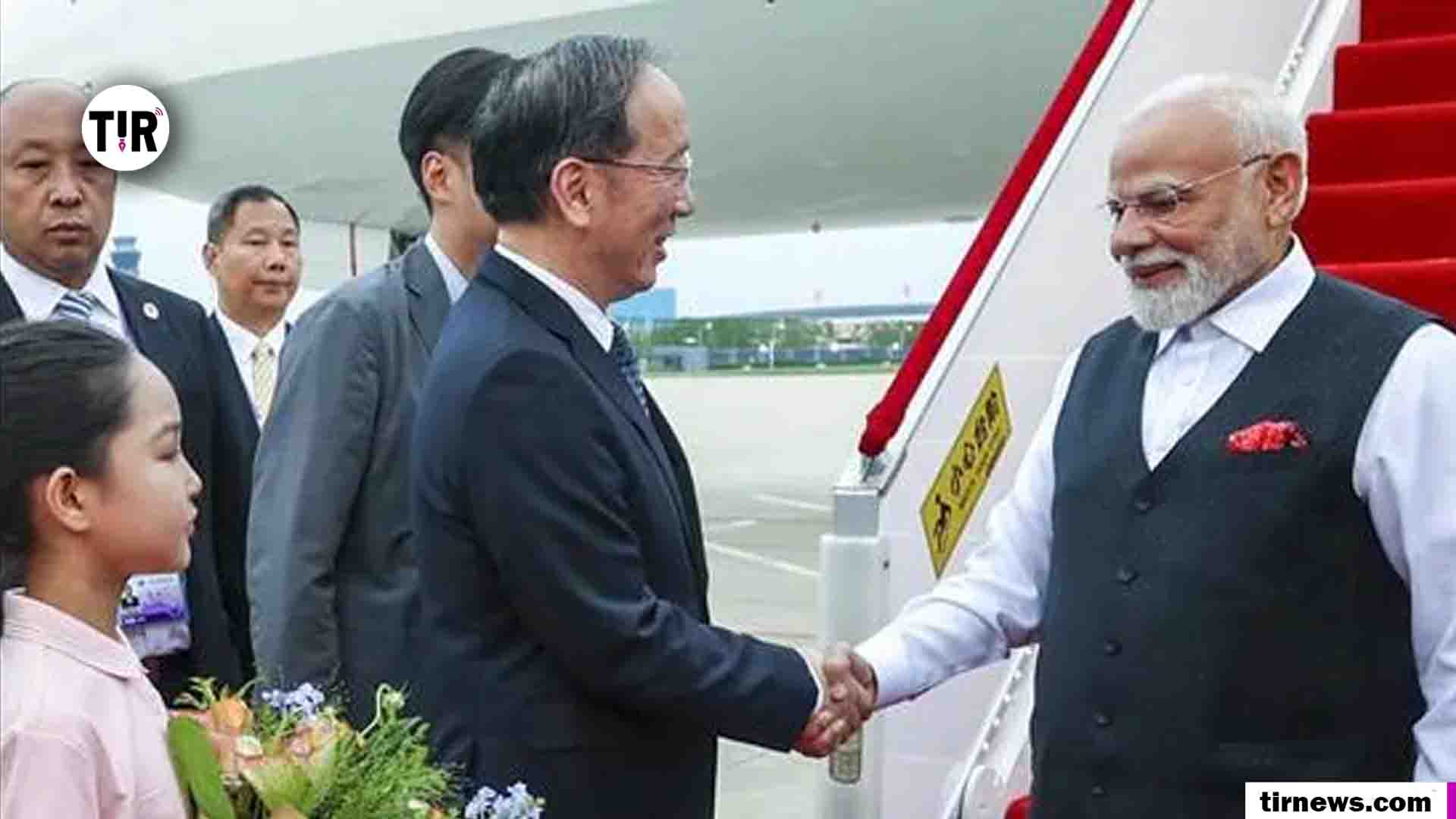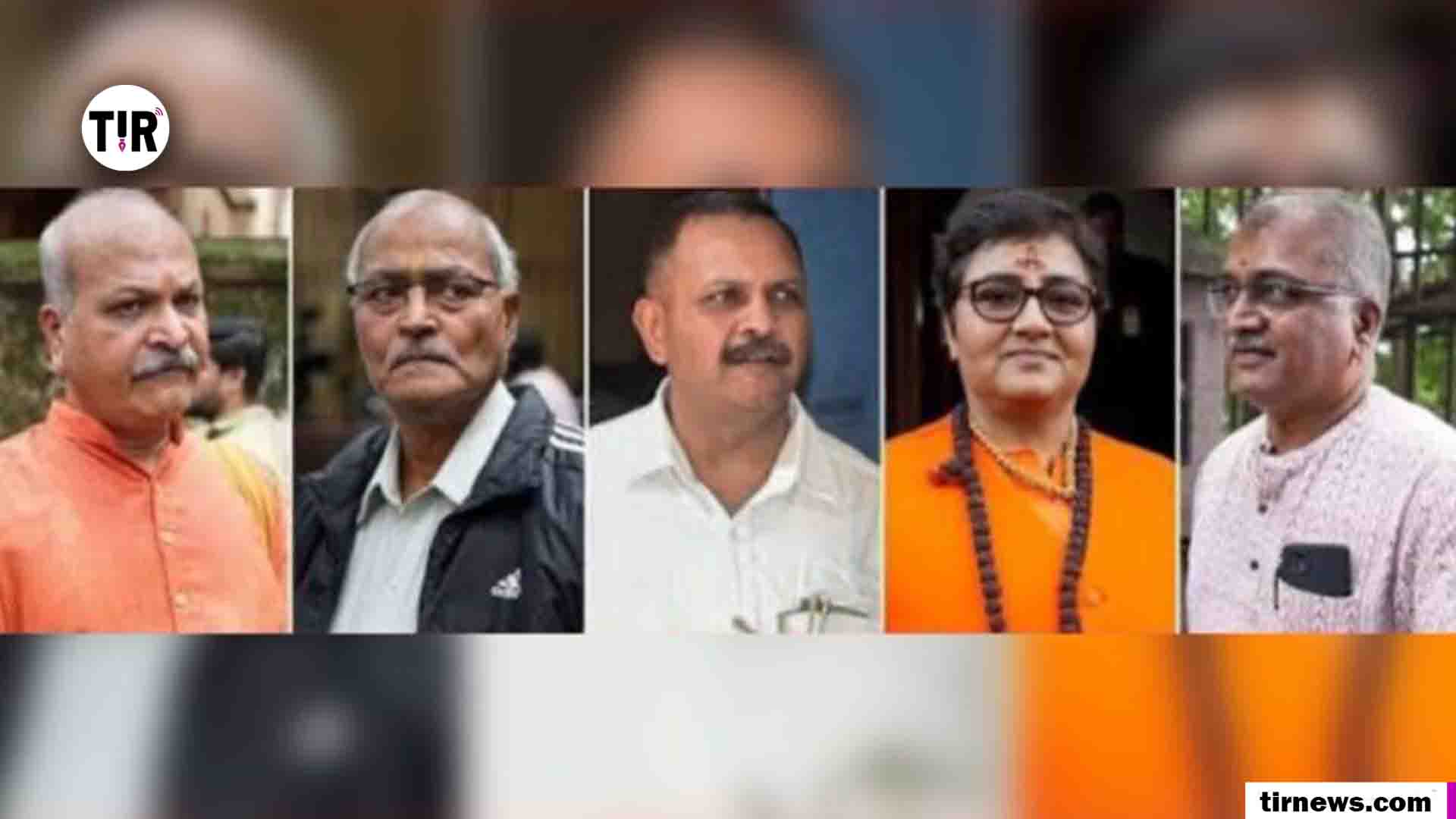The short URL of the present article is: https://tirnews.com/w50j
On August 31, 2025, Prime Minister Narendra Modi landed in China—his first visit in over seven years—to attend the Shanghai Cooperation Organisation (SCO) summit in Tianjin. He began with bilateral talks alongside Chinese President Xi Jinping, marking a cautious yet symbolic thaw in India–China relations that had been strained by the 2020 border clashes (Reuters, AP News).
The meeting comes amid growing global economic uncertainty, driven in part by increased U.S. tariffs on Indian goods—a move prompting India to diversify its strategic partnerships (The Guardian, The Washington Post, The Siasat Daily, The Week).
Focus Areas & Diplomatic Reset
- Ambitions of Stability
The dialogue emphasised long-term bilateral “stability” in face of external pressures. Modi reiterated that, as two of the largest economies, India and China have a responsibility to bring stability to the global economic order (The Siasat Daily, The New Indian Express). - Reinstating Connectivity
Following earlier diplomatic efforts—including a recent visit by Chinese Foreign Minister Wang Yi—both sides agreed to resume direct flights, reopen cross-border trade, and allow pilgrim visits, such as the Kailash Mansarovar Yatra (The Siasat Daily, On Manorama, Wikipedia). - Trust Amid Tensions
Though the meeting signifies forward momentum, analysts observe that deep-rooted mistrust persists, particularly due to unresolved border disputes. Modi’s visit symbolizes a cautious recalibration rather than a swift realignment of geopolitical ties (Financial Times, The Week).
Geopolitical Implications
- The bilateral encounter with Xi—and Modi’s simultaneous meetings with Russia’s Vladimir Putin—positions India within the broader Global South framework promoted at SCO (AP News, The Guardian, Financial Times).
- By diversifying diplomatic outreach amid friction with the U.S., India signals its strategic nimbleness and commitment to multi-alignment (The Guardian, The Washington Post, The Week).



